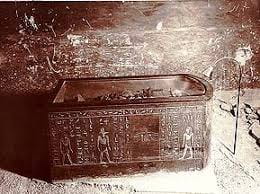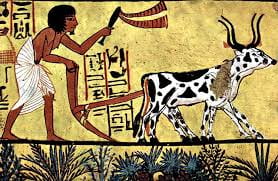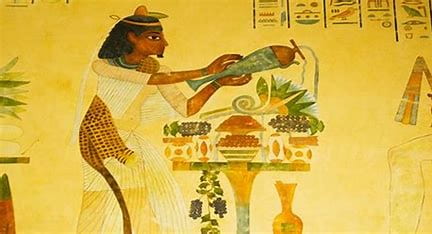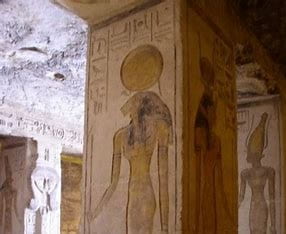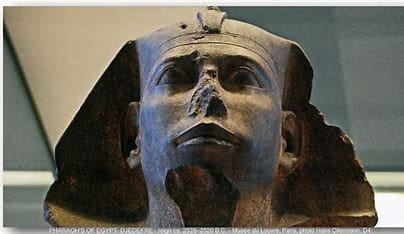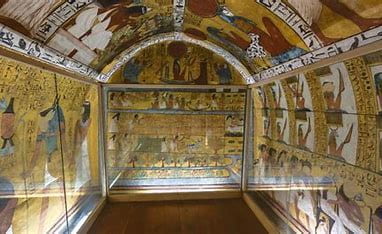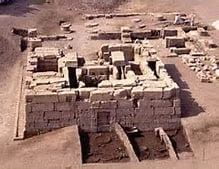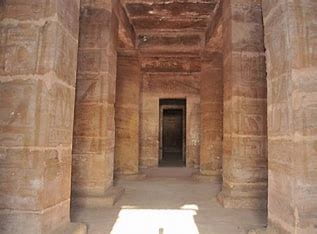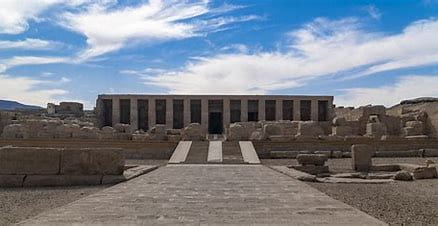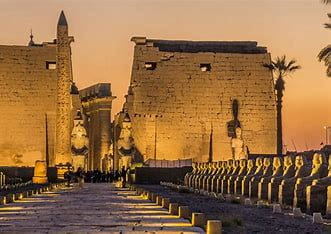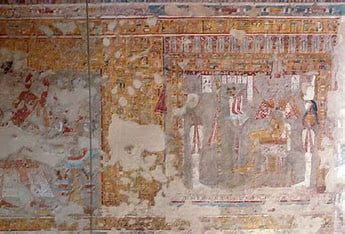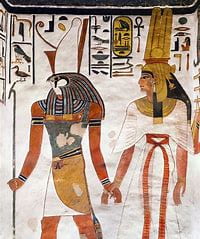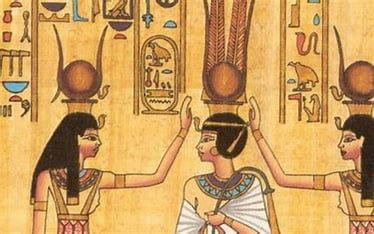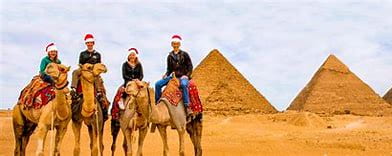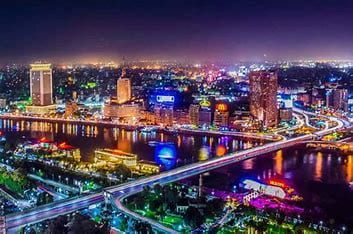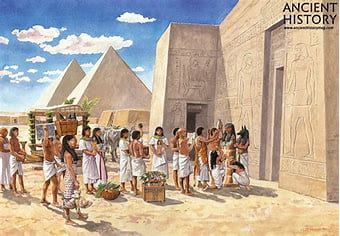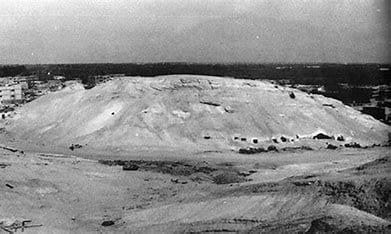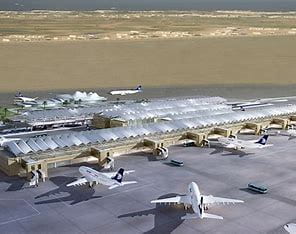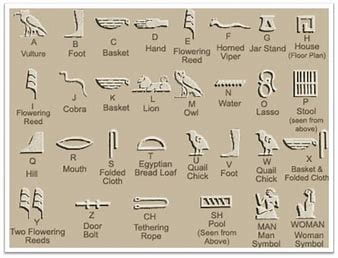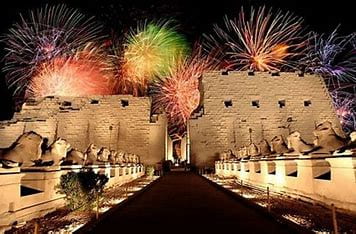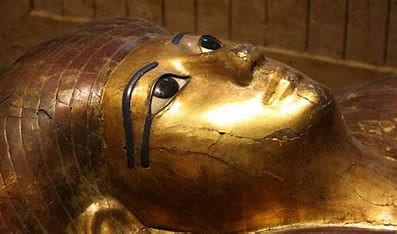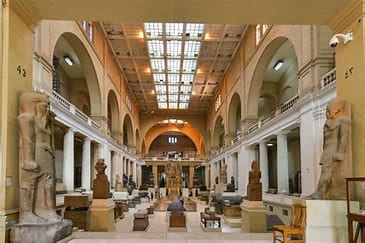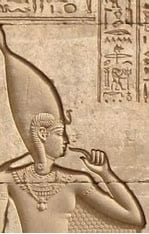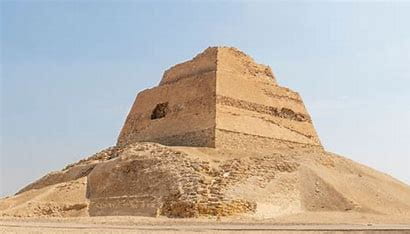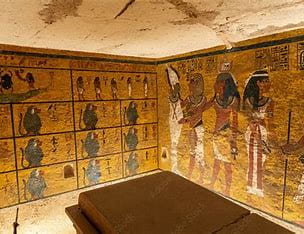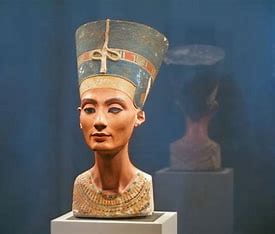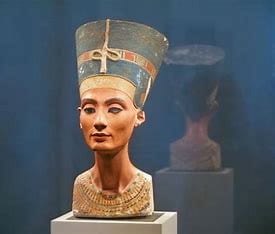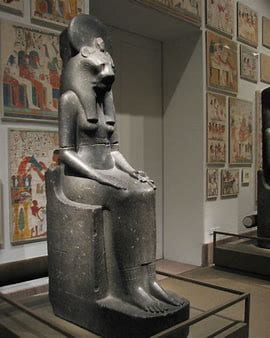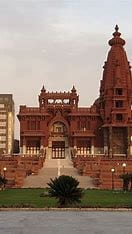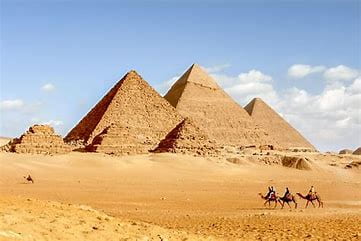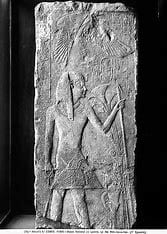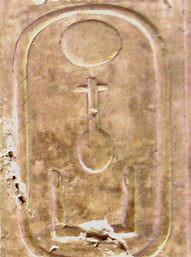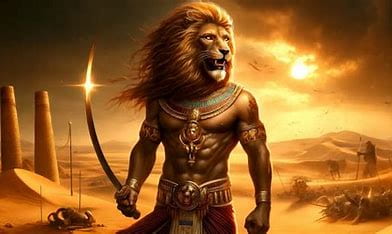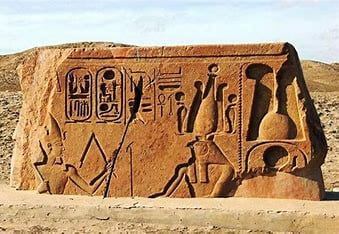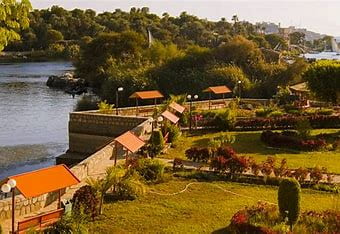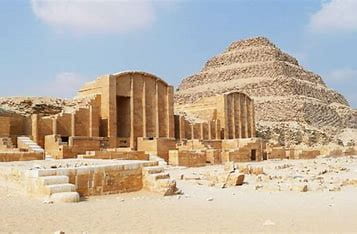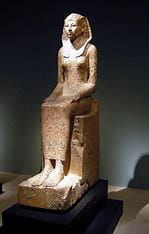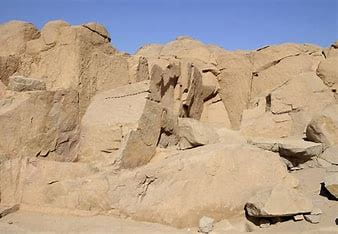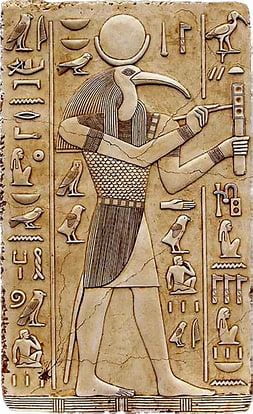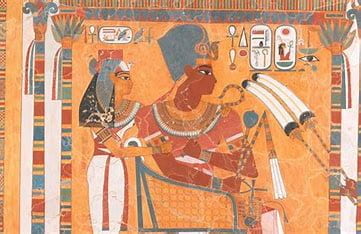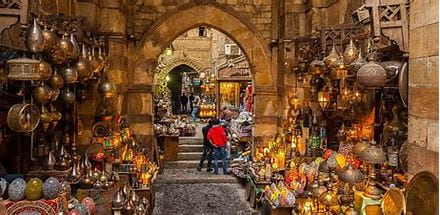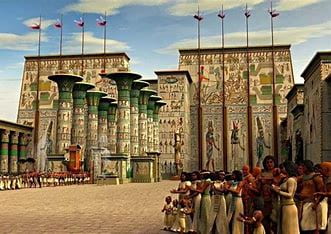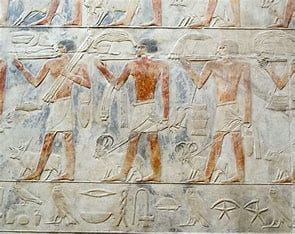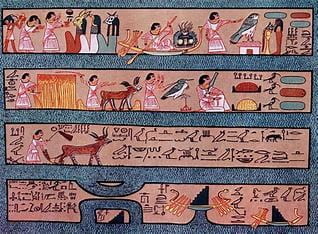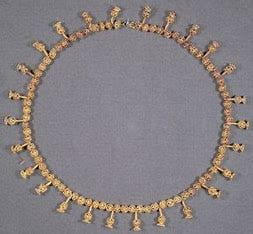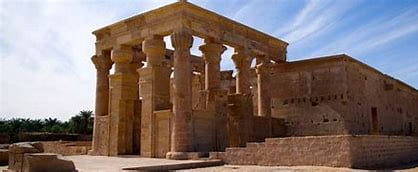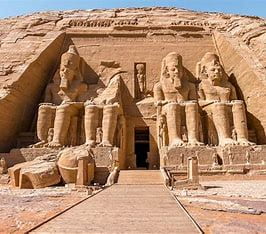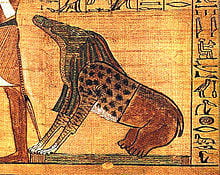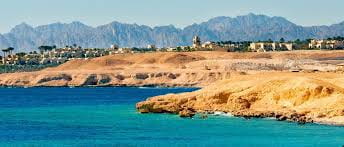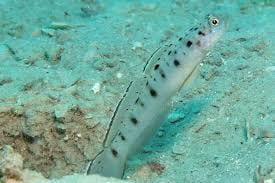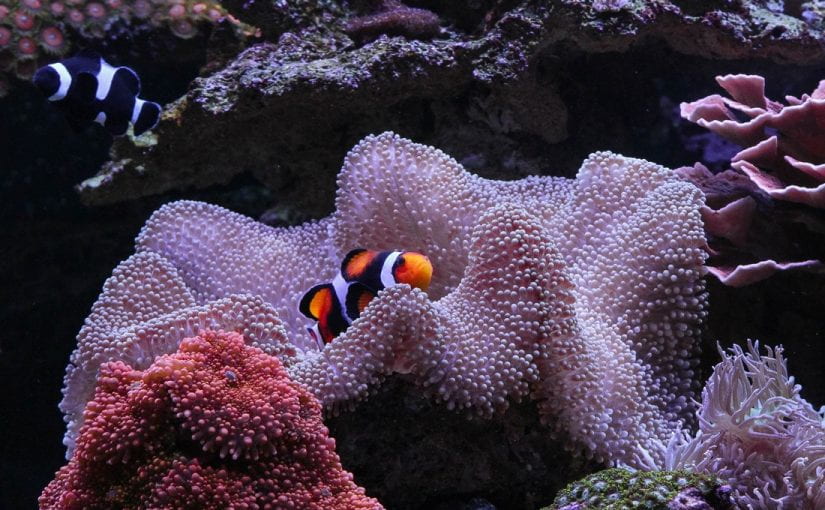Saqqara served as the primary burial ground for the ancient city of Memphis. From the beginning of Dynasty I, the Egyptian elite built their tombs in the area, with the Step Pyramid of Djoser as its most famous landmark.
**The Step Pyramid Complex**
The Step Pyramid, constructed by King Netjerikhet of Dynasty III, is distinguished by its six stepped ‘mastabas’ and a surrounding complex of dummy buildings within a niched limestone wall. Beyond the wall, a rectangular trench, filled with sand, is visible from aerial photographs. The high limestone walls are decorated with niches and false doors, possibly representing the King’s earthly residence, termed the ‘palace façade.’ The single entrance to the enclosure leads to the entrance colonnade, featuring engaged columns resembling reeds or palm ribs.
**The High Priest of Heliopolis: Imhotep**
Imhotep, possibly Djoser’s son, is credited with the design and construction of the Step Pyramid complex. He was deified as the god of wisdom during the Ptolemaic Period and worshipped as Asklepios, the god of medicine, by the Greeks.
**The Jubilee Court**
North of the entrance colonnade lies the Jubilee Court, lined with dummy buildings representing Upper and Lower Egypt. These buildings feature arched and vaulted roofs and were likely used for the King’s heb-sed, or jubilee festival. A structure known as Temple ‘T’ is thought to mimic the King’s palace. At the court’s southern end, an elevated dais held the thrones of Upper and Lower Egypt.
**The House of the North and House of the South**
Two enigmatic buildings, the House of the North and House of the South, may have had funerary significance. Constructed with organic materials represented in stone, they may represent the shrines of ancient deities.
**Djoser’s Mortuary Temple**
Djoser’s mortuary temple is situated against the pyramid’s northern wall. It was the cult center of the King but is now mostly ruined. The original entrance shaft into the Step Pyramid can still be seen in the temple floor. Pyramids
**The Serdab and the Step Pyramid** Fayoum
A tiny, sealed chamber called the serdab contains a life-sized statue of Djoser, facing north. The Step Pyramid itself was likely built in stages, initially as a square mastaba, then expanded into a 4-step and 6-step structure. Below ground, it contains a complex system of shafts, tunnels, and chambers leading to the burial chamber.
**The Burial Chamber and Galleries**
Inside the burial chamber, pink granite blocks may have replaced original limestone blocks. Fragments of limestone blocks carved with stars were found re-used, suggesting a possible star ceiling in the chamber. Little was found within the granite burial vault except for bone fragments from a burial long after Djoser’s reign. Galleries and magazines surround the burial vault, decorated with exquisite faience tiles and reliefs depicting the King.
**The South Courtyard and the South Tomb**
In front of the southern face of the Step Pyramid is a large open courtyard with two enigmatic buildings. The South Tomb, located in the courtyard’s southwest corner, is a miniature replica of the subterranean chambers of the Step Pyramid, its purpose remains unknown.
**Exploration and Archaeology**
Djoser’s complex was first investigated by Napoleon’s expedition. Many archaeologists have excavated at the site since then, with Cecil Firth and Jean-Philippe Lauer conducting systematic investigations that spanned the 20th century. Monsieur Lauer dedicated his life to the study of Saqqara, and much of our knowledge of the site’s history and architecture is attributed to him.



